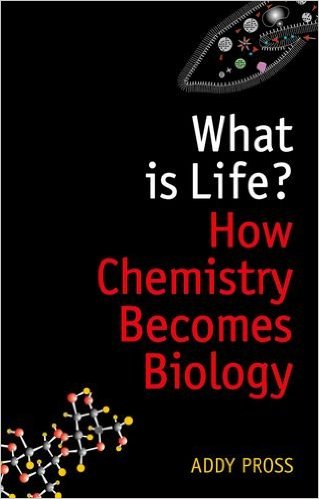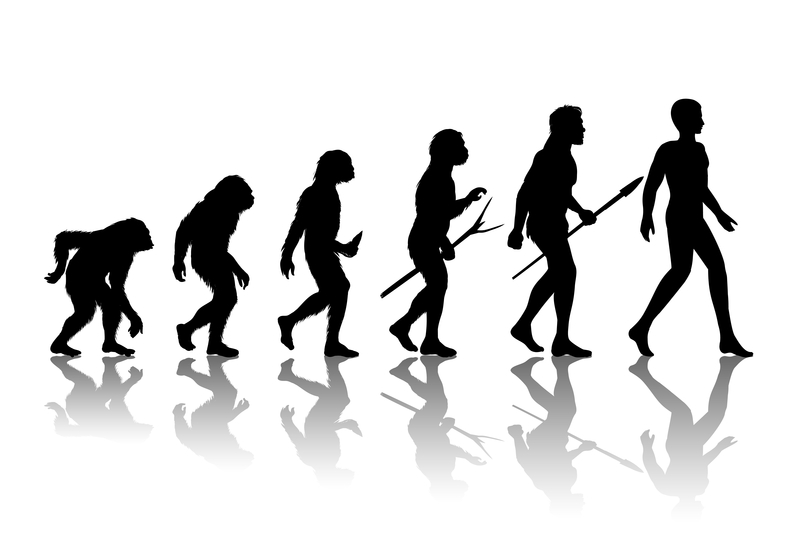Prop Head Reads: What Is Life: How Chemistry Becomes Biology
Prop Head Reads: What Is Life: How Chemistry Becomes Biology

What is Life: How Chemistry Becomes Biology
Addy Pross
My friend Manoj recently said, “In 5 billion years, an atom learned to talk.”
This observation begs the question: How did the atom learn to talk? How did non-life become life?
Pross sets out to answer this question and in so doing addresses many obstacles, the largest of which is Newton’s second law of thermodynamics. If you’re unfamiliar with the second law of thermodynamics, it states that “In any cyclic process, the entropy will either increase or remain the same.” Some simplify it to state that ordered things tend towards chaotic over time and its inverse:
Things that are chaotic will not tend towards order.
Take your kitchen. At some time, it is ordered: Every glass in the cupboard, every plate in its place. Over time, this ordered state (low entropy) will give way to more chaotic state (high entropy), where the plates have moved, cups shifted—and that’s even if your kids don’t move them around. Another way to think about the state of entropy in your kitchen is that there are only a few ways that it can be set up in an orderly way, while there are an infinite number of ways it can be in a chaotic state. Thus, there is a really small chance of a low entropy ordered state.
And yet living organisms are like the clean kitchen: Ordered and arrived at from an earth of 5 billion years ago that was a bundle of happy chaotic atoms. What would motivate, drive, or otherwise suddenly bring order to these atoms, swimming against the tide of the second law of thermodynamics, which is immutable in other contexts?
Pross’s theory is that life is a natural consequence of the second law. Remember that the second law of thermodynamics permits low entropy ordered states, however improbable they may be. And what’s more, some of these low entropy ordered states may be highly persistent.

Pross discusses the example of certain chemical replicators. RNA, for example, is a nonliving complex chemical compound with an incredible property: It can create copies of itself. What’s more, in creating these copies, it also creates RNA variants of itself. Some of those RNA variants are better at replicating than the original, and thus may replicate faster and cause the original RNA copies to disappear over time, leaving the RNA variants as the stable form of RNA.
What does RNA, this nonliving chemical do? Replicate, vary, compete, and stabilize. It evolves.
Evolution into something highly replicable and stable may thus be a natural manifestation of chemistry. And from this it is Pross’s theory that one of the natural steps in chemistry is that nonliving chemicals can form replicable and stable chemicals that we call life.
If you have questions, contact me.
If you want IdeaEsq delivered to your inbox, sign up for the daily or monthly newsletter.
